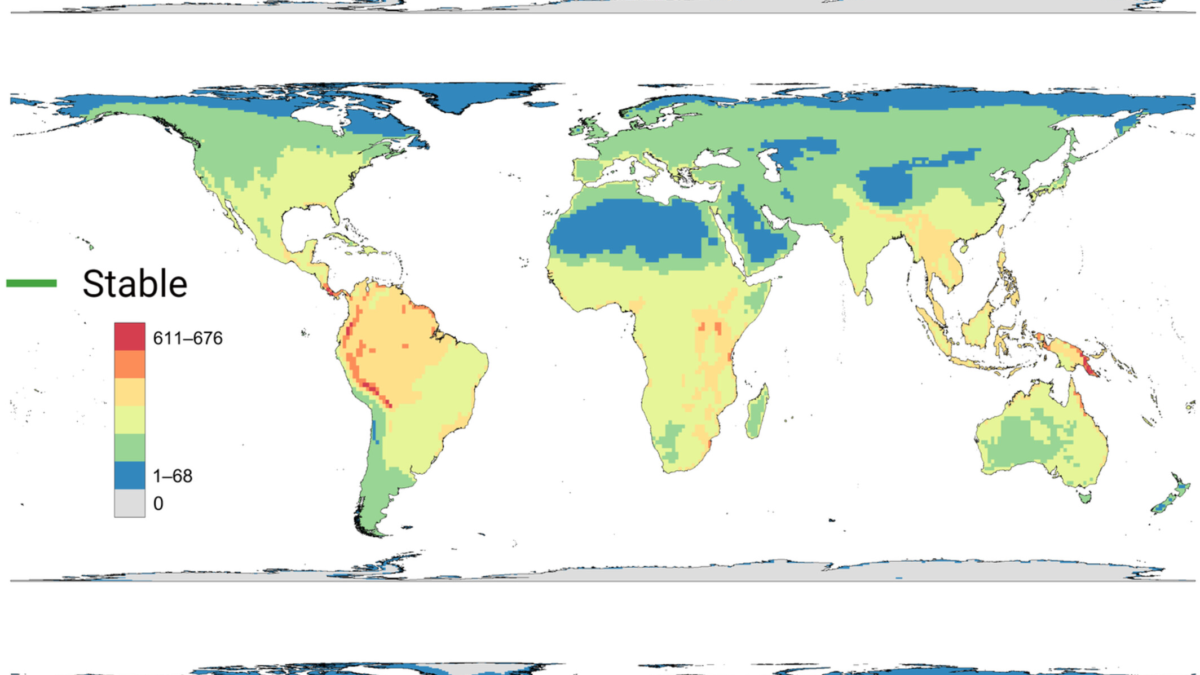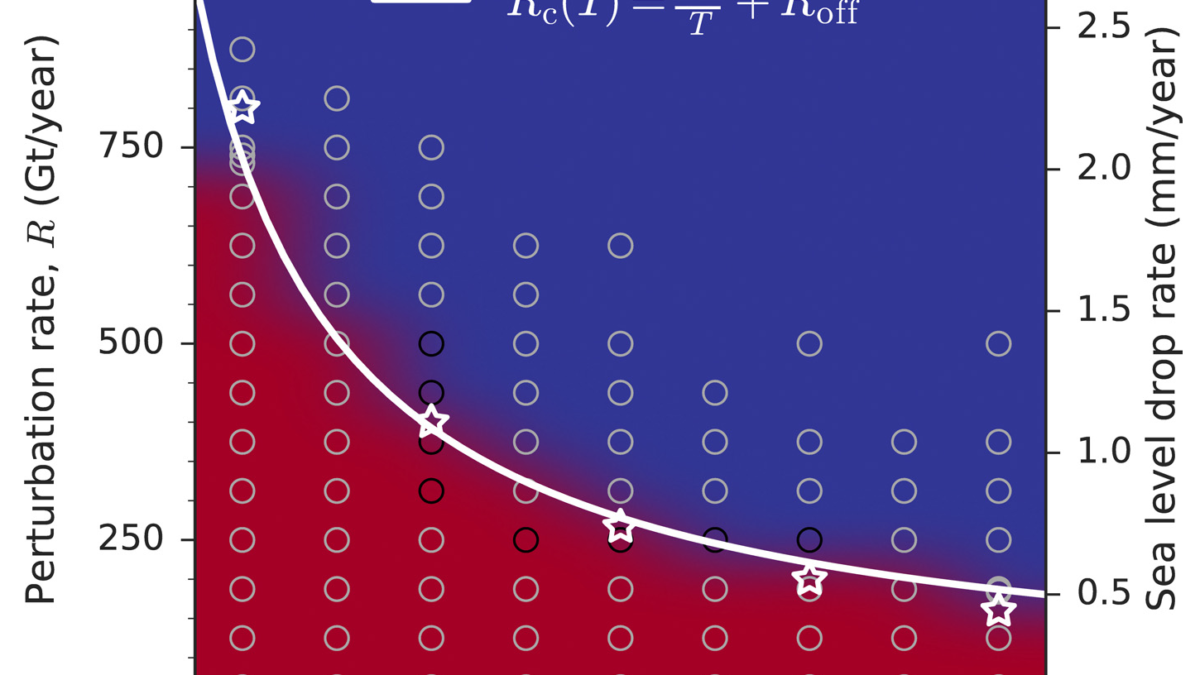“Unbearable” heat in Delhi is testing limits of human survival – “The rise in temperatures comes alongside water shortages, and together are making many areas simply unlivable”

By Karishma Mehrotra and Dan Stillman
29 May 2024
DELHI (The Washington Post) – India’s capital territory of Delhi experienced some of its hottest weather on record Tuesday and Wednesday, with highs in some neighborhoods near the landmark threshold of 50 degrees Celsius (122 degrees Fahrenheit). The exceptional heat has closed schools, endangered outdoor workers, stressed water supplies and infrastructure, and reached levels that would test the limits of human survival if sustained.
The searing temperatures in northern India are part of a broader heat wave across much of Southeast Asia, which is one of multiple heat waves occurring around the world because of a combination of short-term weather patterns and long-term warming trends fueled by human-caused climate change.
“The intense heat has sharply increased the number of fires in dwellings, heatstrokes and trips to emergency rooms. It has made just going outside — a necessity for many who depend on manual labor for their daily wages — simply unbearable,” Ramanan Laxminarayan, president of One Health Trust in India, said in an email. “The rise in temperatures comes alongside water shortages, and together are making many areas simply unlivable.”
The heat wave, which began building more than a week ago, has at times surpassed a dangerous threshold.
A Washington Post analysis found that the wet-bulb globe temperature, which measures the amount of heat stress on the human body, reached 97 degrees to 100 degrees (36 to 38 Celsius) in Delhi on Tuesday. That is higher than the 89.6 Fahrenheit (32 Celsius) threshold that researchers have identified as posing a risk to human survival if such heat is prolonged. The wet-bulb globe temperature is based on a combination of factors including temperature, humidity, wind and clouds, and was calculated by The Post using data from a nearby weather station.
Amit Sah, a labor contractor in east Delhi, had hired seven workers to install tiles on a roof from 6:30 a.m. to 6 p.m. But, with the heat, he stops work from 11 a.m. to 4 p.m. and resumes in the evening. “It creates a massive loss for me. But the past three days have been unbearable. It feels like we are on fire outside. Our mouths run dry for water. We are sweating nonstop.”
Last week, a local consumer court that had no air conditioner or coolers in the national capital adjourned as the judge stated in an order that “there is too much heat in the courtroom, which led to sweating to such an extent that it is difficult to hear arguments” and no water supply in the washroom, according to local reports.
The conditions spread across swaths of India, as all schools shut for the next week in the eastern state of Bihar after several students fainted from heatstroke. The north and western regions also had similar alerts.
One of Sah’s workers, Ramnath Paswan, for the first time in his life took the day off because of the heat, but said he has to work Thursday even if the heat continues to break records because he works for a daily wage. “I have never seen this type of heat in Delhi. But we will have to work. Our stomachs won’t listen to us, if it’s hot or not.”

Several cities in India recorded their all-time highest temperatures on Wednesday, according to climate historian Maximiliano Herrera, including 120 degrees (48.8 Celsius) at Rohtak and 117 degrees (47.2 Celsius) at Fursatganj. That followed a high temperature of 121 degrees (49.5 Celsius) on Tuesday at Sirsa, the highest ever in the state of Haryana.
Around Delhi, the highest reading recorded by a manually operated station Tuesday or Wednesday was 117.7 degrees (47.6 Celsius) on Tuesday in Aya Nagar, southwest of the city. Automated weather stations posted temperatures as high as 121.8 degrees (49.9 Celsius) in the region.
News reports on Wednesday morning that Delhi exceeded 50 degrees Celsius for the first time ever appear to have been premature. Several news organizations reported a temperature as high as 126 degrees (52.9 Celsius) in the Mungeshpur area of Delhi. That would have been an all-time high for anywhere in the country.
However, a news release from the India Meteorological Department said that measurement came from an automated weather station that is considered less reliable than its manually operated stations. Mungeshpur’s temperature of 52.9 degrees Celsius is “an outlier compared to other stations. It could be due to error in the sensor or the local factor. IMD is examining the data and sensors,” the Meteorological Department said. […]
Record heat has scorched not just India, but much of Southeast Asia, the Middle East, Mexico, and Florida this month. The exceptional May heat follows an April that marked the 11th straight month of record global heat. That month began with a heat wave across West Africa that would have been “virtually impossible” without the influence of human-caused climate change, an analysis by World Weather Attribution showed. [more]
‘Unbearable’ heat in Delhi is testing limits of human survival


